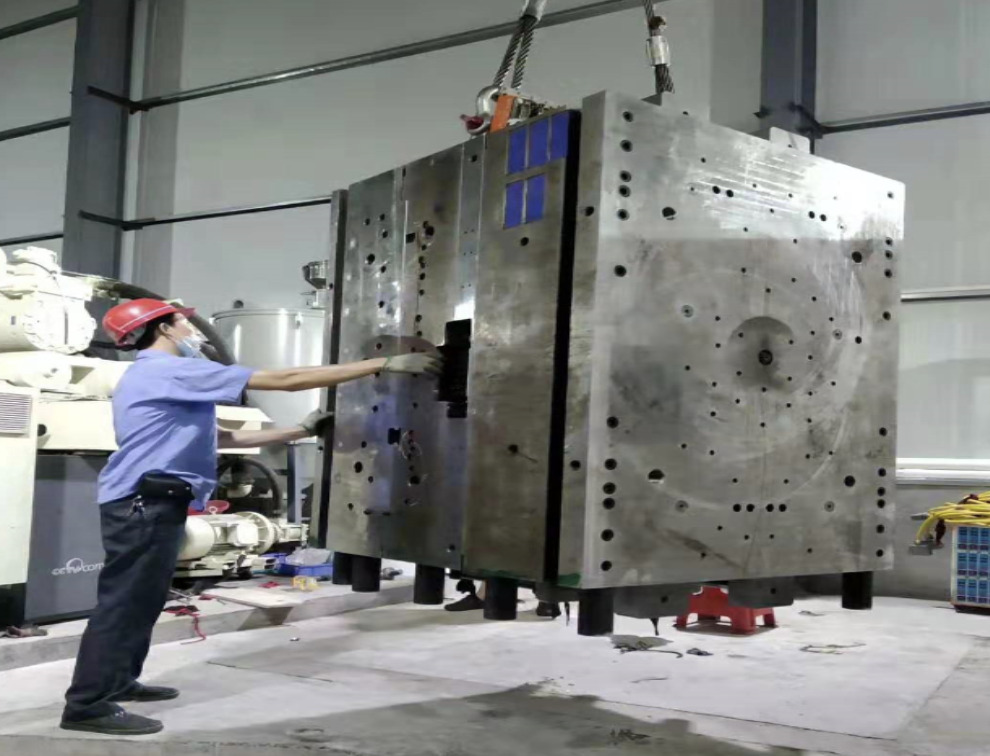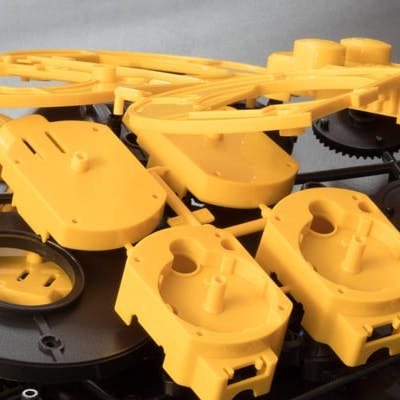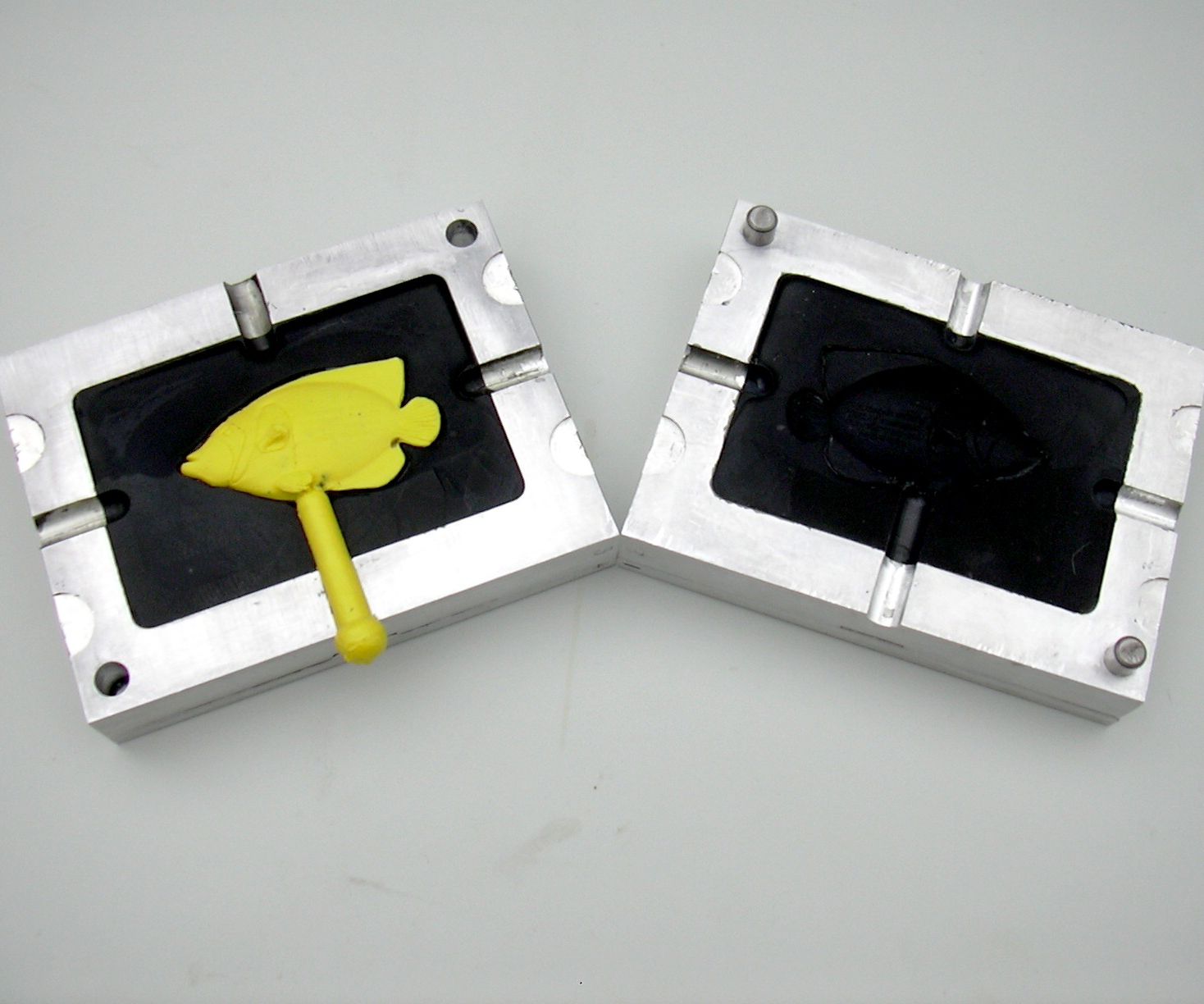Plastic Injection Molding: A Comprehensive Guide to Modern Manufacturing Techniques
Plastic Injection Molding: A Comprehensive Guide to Modern Manufacturing Techniques
Blog Article
Comprehending the Fundamentals of Plastic Shot Molding Procedures
Plastic injection molding serves as a keystone of contemporary manufacturing, giving a systematic strategy to producing complex parts with accuracy. Checking out these essential aspects could disclose exactly how even minor adjustments can lead to considerable improvements in manufacturing results, raising inquiries about the potential for technology in this well-known process.
What Is Plastic Injection Molding?
Plastic injection molding is an extensively utilized production process that transforms thermosetting and polycarbonate products right into accurate and complex forms. This method is preferred for its ability to produce high quantities of similar get rid of phenomenal accuracy, making it an essential method in various sectors, including auto, customer products, and clinical gadgets.
The procedure involves melting the picked plastic material and infusing it right into a mold under high pressure. The mold and mildew, developed to the specifications of the preferred component, enables the molten plastic to form as it solidifies and cools down. As soon as the material has actually hardened, the mold is opened, and the completed component is expelled.
Plastic shot molding uses a number of advantages, consisting of reduced waste, uniformity in production, and the ability to incorporate detailed designs that might be testing with various other manufacturing methods. Additionally, it sustains a broad variety of products, each giving special residential properties that can be customized for details applications. As sectors remain to introduce, plastic shot molding continues to be at the center, making it possible for the advancement of sophisticated items that fulfill developing consumer demands.
The Injection Molding Refine
The shot molding process is a sophisticated technique that involves numerous crucial stages to produce top notch plastic elements. Plastic pellets are fed right into a warmed barrel where they are thawed into a viscous fluid. This molten plastic is after that injected under high pressure into a precision-engineered mold, which shapes the product right into the desired form.
Once the mold and mildew is filled up, the plastic is enabled to cool and strengthen, taking the shape of the mold cavity. Cooling time is critical, as it impacts the cycle time and the last buildings of the shaped part. After sufficient air conditioning, the mold and mildew opens up, and the finished element is ejected using ejector pins.

Products Utilized in Shot Molding
Different products can be utilized in the shot molding procedure, each offering one-of-a-kind buildings that deal with certain applications. One of the most frequently made use of materials consist of thermoplastics, thermosetting plastics, and elastomers.

Thermosetting plastics, like epoxy and phenolic resins, undertake a chemical modification throughout the treating process, resulting in an inflexible, inflexible structure. These products are optimal for applications requiring high warmth resistance and structural integrity, frequently utilized in electrical insulators and vehicle parts.
Elastomers, consisting of silicone and rubber-based materials, give flexibility and resilience. Their unique buildings make them appropriate for applications that demand flexibility, such as seals and gaskets.
Additionally, specialty products like bio-based plastics and compounds are obtaining traction for their environmental advantages and improved efficiency attributes, widening the range of injection molding applications in various sectors. Understanding the properties of these materials is essential for selecting the ideal type for specific tasks.
Advantages of Injection Molding
Injection molding stands apart as a highly reliable production process that offers various benefits for generating complicated get rid of precision. Among one of the most considerable advantages is the capability to develop complex layouts that would certainly be impossible or challenging to accomplish with other techniques (Plastic Injection Molding). The procedure allows for tight tolerances and comprehensive attributes, ensuring you can try this out premium elements
Furthermore, shot molding is recognized for its rapid manufacturing capacities, making it an ideal option for high-volume manufacturing. When the mold is created, parts can be produced rapidly, decreasing lead times and raising general productivity. This efficiency not only decreases production prices however also supplies an one-upmanship in the marketplace.
The versatility of materials made use of in shot molding further improves its appeal. A variety of thermoplastics and thermosetting polymers can be employed, allowing producers to choose materials that best satisfy their details requirements, including strength, versatility, and heat resistance.
Additionally, the procedure minimizes waste, as excess product can often be recycled and reused. This sustainability element adds to a decreased ecological influence, making injection molding a responsible production selection. Generally, the benefits of injection molding make it a site link recommended technique for many sectors.
Elements Influencing Product High Quality
While many elements can affect product quality in injection molding, understanding these elements is essential for attaining optimum results. Trick elements include product selection, refining specifications, and mold design.
Product choice plays a crucial duty, as different polymers exhibit unique buildings that impact flowability, toughness, and thermal stability. Inadequate material option can lead to defects such as warping or incomplete dental filling.
Handling specifications, including temperature level, cycle, and stress time, should be thoroughly controlled. Variations in these setups can result in inconsistencies in part dimensions and surface finish. Excessively high temperatures may create degradation of the polymer, while insufficient pressure can result in brief shots.
Mold style is similarly essential, as it identifies the circulation of the molten plastic and the cooling process. Poorly designed mold and mildews may bring about unequal Get More Info cooling rates, resulting in dimensional errors and recurring anxieties.

Verdict
Finally, plastic shot molding works as an essential production procedure that enables the efficient manufacturing of high-grade components. Proficiency of the shot molding procedure, including the understanding of products and the influence of different factors on product quality, is necessary for achieving optimum results. The advantages of this technique, such as cost-effectiveness and style versatility, further emphasize its relevance across multiple markets, solidifying its status as a recommended selection for high-volume production.
Plastic shot molding offers as a keystone of modern manufacturing, providing a methodical method to generating intricate components with precision.Plastic injection molding provides several advantages, including reduced waste, uniformity in production, and the capability to include intricate designs that may be challenging with other making approaches (Plastic Injection Molding). As markets continue to innovate, plastic shot molding stays at the center, allowing the advancement of sophisticated items that meet advancing consumer needs
The shot molding procedure is a sophisticated method that involves several essential phases to generate high-quality plastic elements.In verdict, plastic shot molding offers as an essential manufacturing procedure that enables the reliable manufacturing of high-grade components.
Report this page